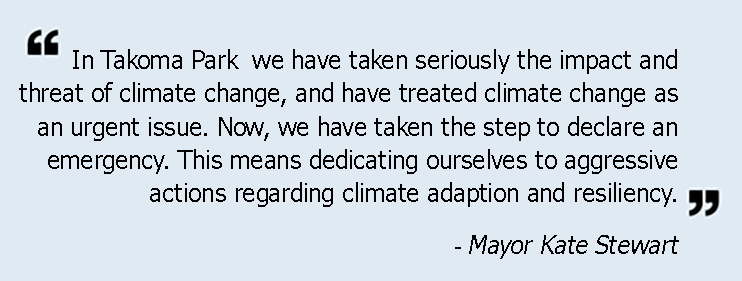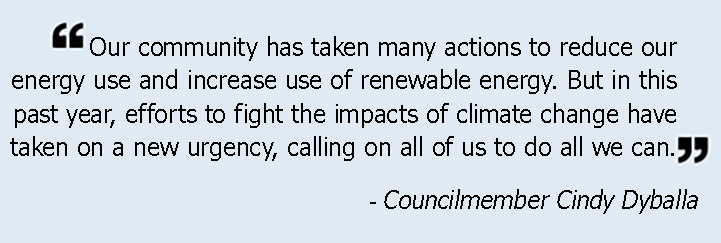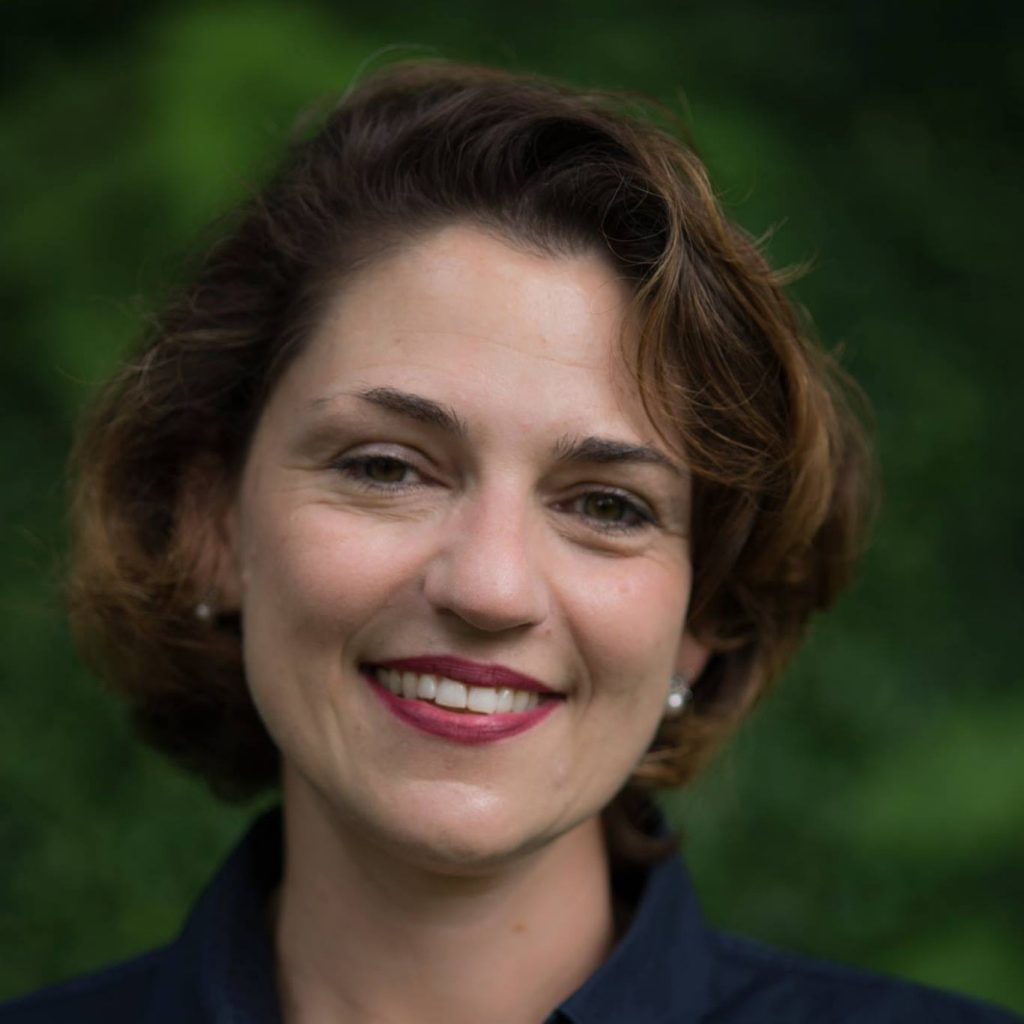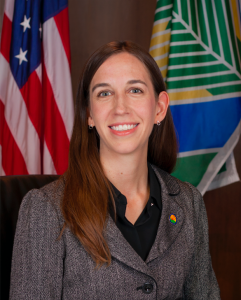Dear Takoma Park Community,
On April 4th at our City Council meeting, Neighborhood Development Company — our partner in redeveloping the lot at Takoma Junction — will present their draft site-plan. I wanted to take this opportunity to lay out the process, schedule, and opportunities for public feedback over the next few weeks.
But first, thank you to everyone who has continued to stay engaged and provide feedback. Together we are making this a better project and I am excited to work together on this next phase.
Our vision for Takoma Junction is to create a well-functioning area overall – not just a redevelopment of the parking lot.
To this end, in October, the Council passed a Resolution to direct Neighborhood Development Company (NDC) on elements we need to see in their draft site plan following their presentation last fall of a concept plan. Since October, the City also undertook its own independent traffic study in addition to the study conducted by NDC, which the Council will be reviewing during the month of April as we look for ways to improve the functionality of Takoma Junction for pedestrians, bikers, and drivers.
What is a site plan?
On April 4th, NDC will present a draft site plan for the lot at Takoma Junction. What is a site plan and what should we expect to receive?
In general, a site plan is an architectural plan and engineering drawing of proposed changes to a piece of property and impacted surrounding areas. A site plan usually shows a building footprint, site design and accessories (such as walkways and trails, landscaping, and green elements), parking, and vehicle and pedestrian access and control. We expect to receive a site plan that incorporates these elements on April 4th.
After the presentation of NDC’s draft site plan on April 4th, the City Council will have a series of work sessions focused on specific aspects of the plan at our weekly public meetings.
As we look at the site plan, we will want to see a project that is lasting, memorable and reflective of the community and character of Takoma Park. The goal is for this redevelopment to create a more flourishing Takoma Junction, with improved opportunities for residents and businesses.
The Council has repeatedly stated that we want the Co-op to thrive and continue to be an integral part of our community, and we believe we can both redevelop the parking lot and continue to have a vibrant and successful Co-op. We believe this project will help the Co-op by bringing more foot traffic and amenities to the Junction.
What is the next step after the presentation of the site plan?
After the site plan is presented on April 4th, we will hold a series of work sessions during public meetings, outlined below. NDC can continue to tweak their plans based on feedback from these sessions throughout the month of April. The Council is tentatively scheduled to vote on whether to approve the site plan at our May 9th Council meeting, if not approved there will be further discussions with NDC about next steps per the Development Agreement. Approval of the site plan would signal to NDC that they can proceed with finalizing and submitting the plan to the County. For more details on the County process, please see the discussion from the February 14th City Council meeting when we invited representatives from the County’s Planning Department to walk us through the process.
What opportunities are there for public input?
There will be many opportunities for public input. Residents can share their thoughts during the public comment period at our weekly public meetings, email the City Clerk to have written comments shared with the City Council and included in the public record, and/or contact their City Council representatives directly.
There will also be an Open House on April 7 when residents can have more conversational-style exchanges with City staff, representatives from NDC, and the City Council.
In addition, residents will have an opportunity to see a mockup of the site on April 22 at the Takoma Junction parking lot, where there will be markings designating the placement of the building and other features.
We have received helpful and insightful feedback about the project so far, and we look forward to more as we make Takoma Junction a place we all want to see and can be proud of.
What will be the process over the next several weeks?
Over the next few weeks, we will be receiving the site plan and other information about the project proposal. After a series of public meetings, which will provide numerous opportunities for dialogue and public comment, the Council is scheduled to vote to take action on the site plan on May 9th. As noted above, this will be the point where Council will consider approving the site plan, which would signal to NDC that they can proceed with finalizing and submitting the plan to the County for the next steps in the process.
Here is the current schedule of meetings and events to discuss, ask questions, and provide feedback on the draft site plan (more detailed information is available on the Takoma Junction Project page).
- April 4th NDC Presentation at City Council meeting of Takoma Junction Site Plan
- April 7th Open House – a chance to come and ask questions and provide feedback (childcare will be provided)
- April 11th Work session on “Building Design and Placement on the Property”
- April 18th Work session on “Public Space and Sustainability Features”
- April 22nd Pop-Up at the Takoma Junction – a chance to visit the lot, see markings designating public space, placement of the building, and other features
- April 25th Work session on “Traffic and Circulation” (City Council Meeting will begin at 6:30 pm and childcare will be provided)
- May 2nd Council discussion of Draft Resolution regarding Site Plan
- May 9th Tentatively scheduled City Council vote on a Resolution on draft site plan
In addition to these formal times to meet, discuss, and ask questions, each of us on the Council is available to meet with smaller groups and individuals for feedback and input.
Working together
In the fall, I told many of you about my experience with the Sligo Mill Playground. When I was first elected to the City Council, discussions and plans for this playground had already begun, but the community, gardeners, and neighbors, were not at all in agreement. Many of the gardeners did not want the playground because it meant the loss of some of the community garden plots and asked me to stop the plans for the playground, while some of the neighbors requested that more of the garden plots be removed to make space for a larger playground. There were tense and heated discussions and emails about the size of the playground, placement of the water tower, and other issues. However, through it all, we kept meeting and talking and listening and compromising. And now we have a terrific new playground and community garden space.
I learned many lessons from that experience, which I have tried to bring to our discussion of the Takoma Junction redevelopment. I am confident that by continuing to have productive, respectful dialogue with each other, we can have a thriving, beautiful, funky, and functional Takoma Junction.
- As we embark on this next phase, I want to reiterate my personal vision for Takoma Junction:
- A place where we can walk to and bump into friends and family.
- A place to sit and read or just enjoy a warm spring day.
- A place we can meet and enjoy a meal or pick up a last-minute birthday present.
- A place where residents who live in other parts of the City and especially those just a few blocks away feel welcome and come to shop, mingle, and work.
- A place that enhances the beauty of our community by replacing a surface parking lot with a building featuring advanced environmental features and eliminating stormwater runoff.
- A place where local residents with the dream of opening a business in the City have a place to do that, and a place for an existing business in the City needing more space to relocate.
- A place that reflects who we are and our values so that when people come to Takoma Junction they know they are in Takoma Park.
In the months to come, we will continue to be guided by the Resolution by the Council setting its goals for the project and the Development Agreement, both of which had extensive public input. You can also find a number of question and answer documents to the most frequently asked questions as we have gone through this process on the project page.
Thank you for your time and I look forward to the collaboration in the weeks ahead.
Best,
Mayor Stewart
*entry originally posted on March 23, 2018





